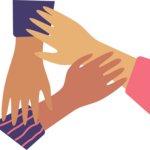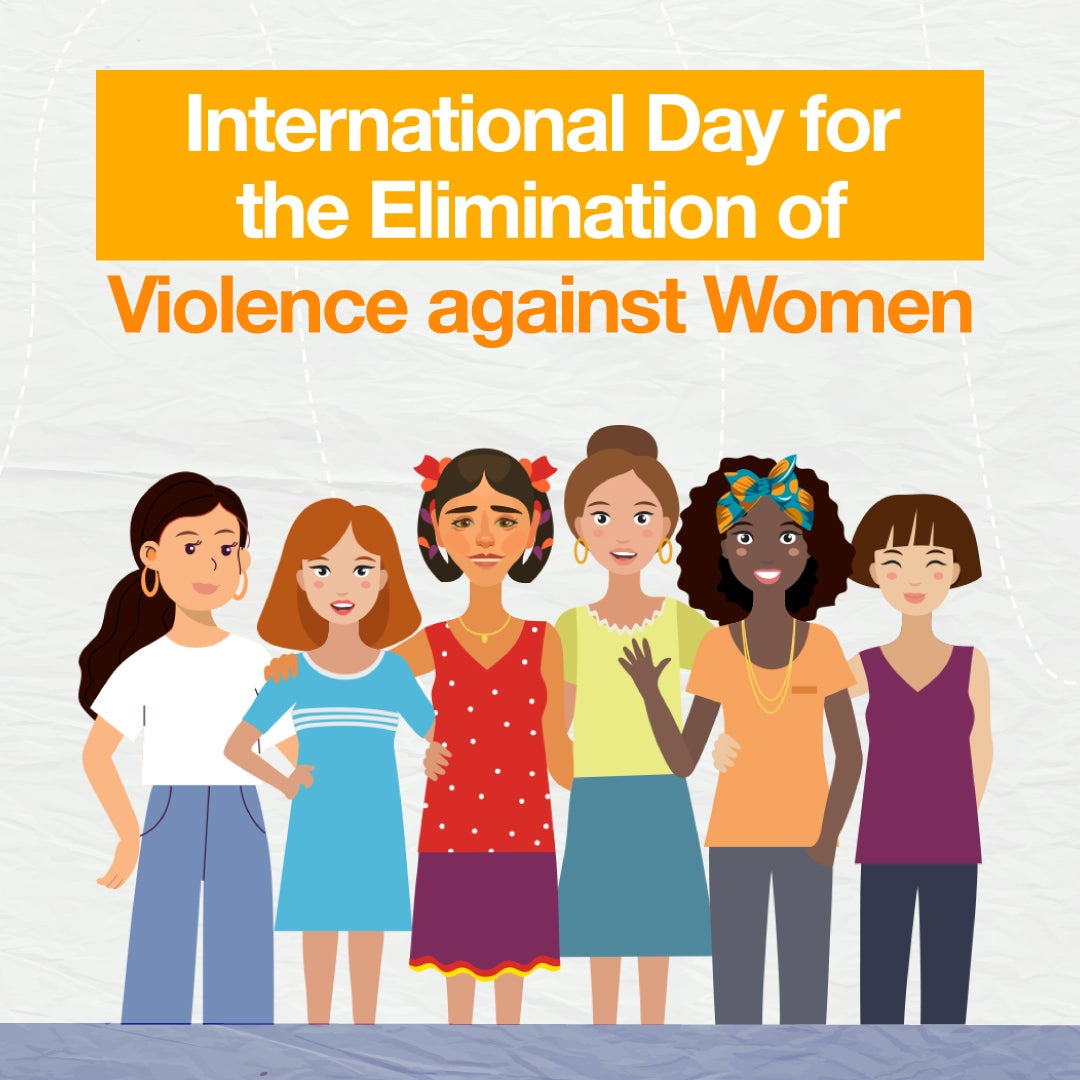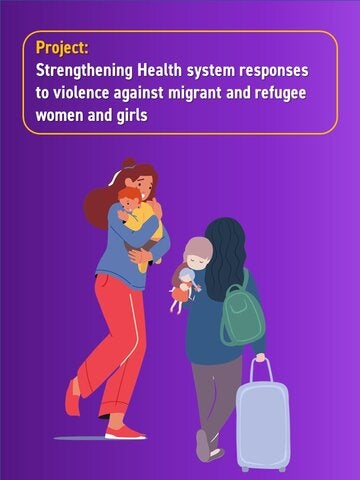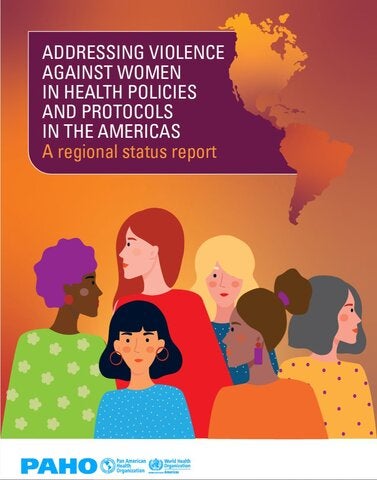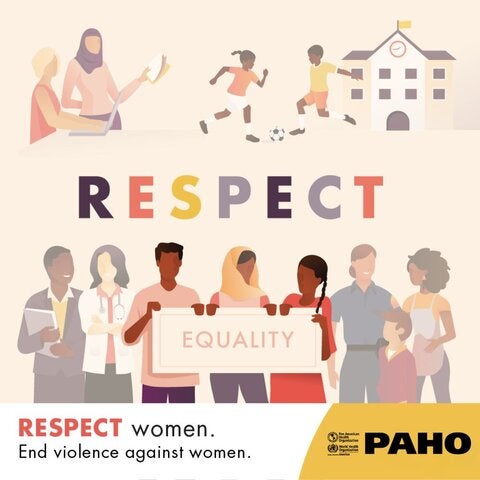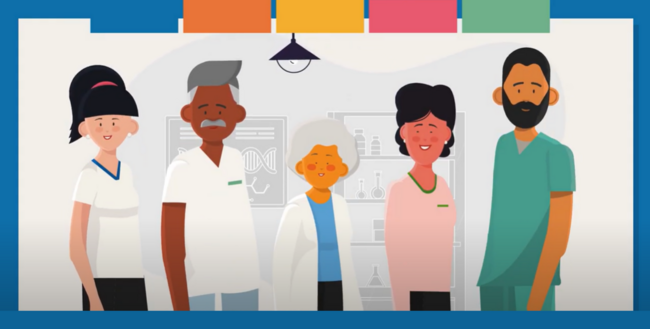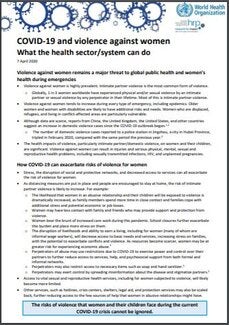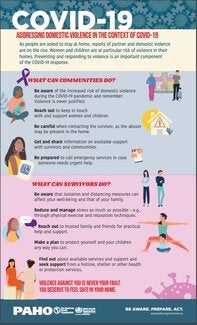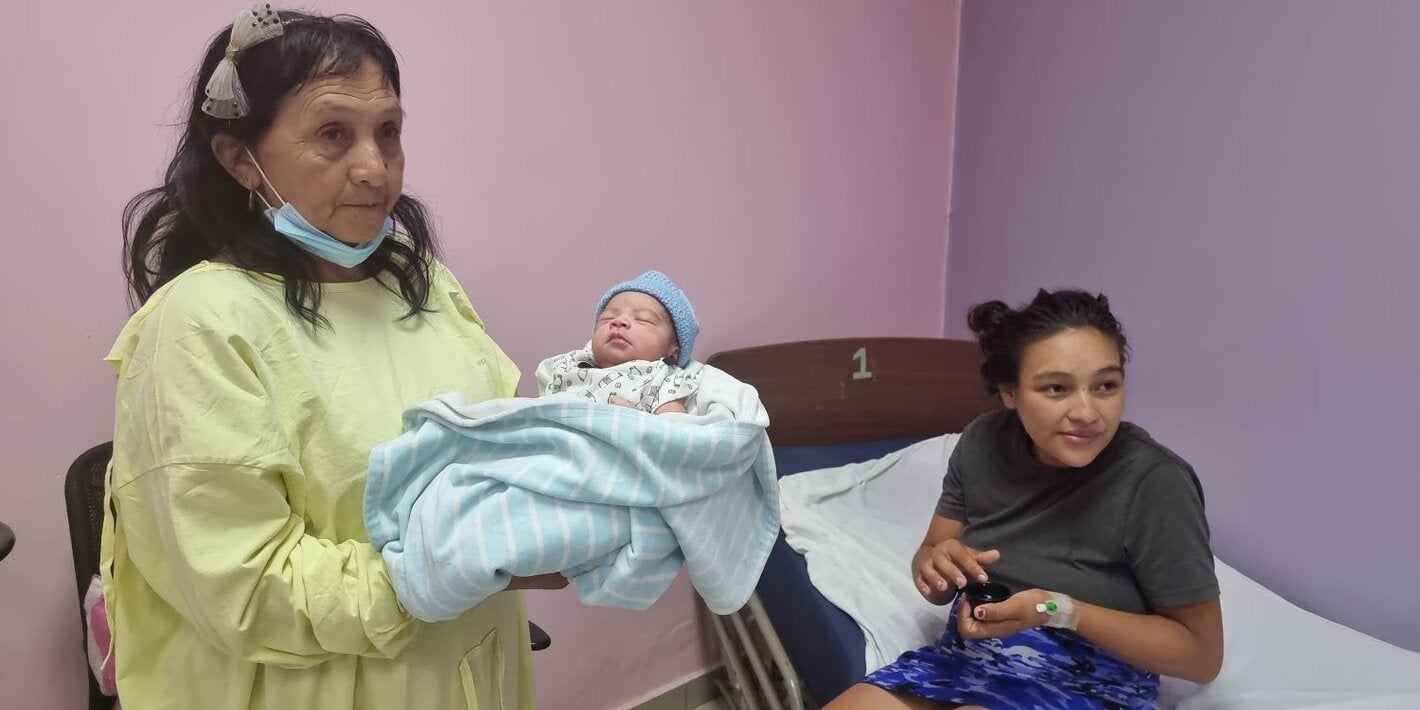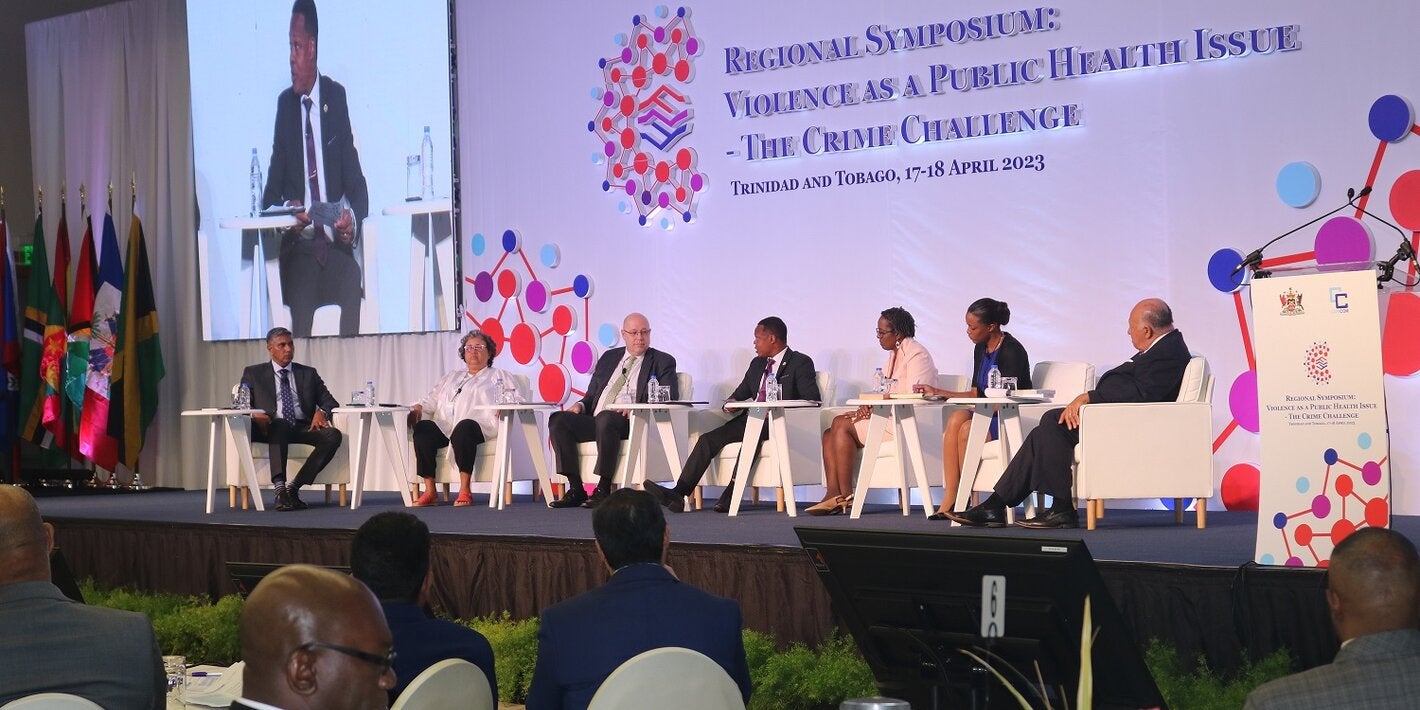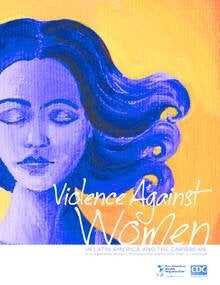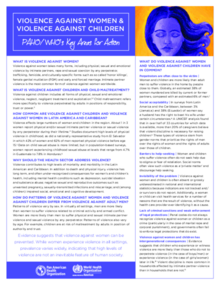The United Nations defines violence against women as "any act of gender-based violence that results in, or is likely to result in, physical, sexual, or mental harm or suffering to women, including threats of such acts, coercion or arbitrary deprivation of liberty, whether occurring in public or in private life."
Intimate partner violence refers to behavior by an intimate partner or ex-partner that causes physical, sexual or psychological harm, including physical aggression, sexual coercion, psychological abuse, and controlling behaviors.
Sexual violence is "any sexual act, attempt to obtain a sexual act, or other act directed against a person’s sexuality using coercion, by any person regardless of their relationship to the victim, in any setting. It includes rape, defined as the physically forced or otherwise coerced penetration of the vulva or anus with a penis, another body part, or object."
- Violence against women – particularly intimate partner violence and sexual violence – is a major public health problem and a violation of women's human rights. Violence negatively affects women’s physical, mental, sexual, and reproductive health.
- Estimates published by WHO indicate that about 1 in 3 women in the Americas have experienced either physical and/or sexual intimate partner violence or non-partner sexual violence in their lifetime.
- Intimate partner violence is the most common form of violence against women. Globally, as many as 38% of murders of women are committed by a male intimate partner.
- Men are more likely to perpetrate violence if they have low education, a history of child maltreatment, exposure to domestic violence against their mothers, harmful use of alcohol, unequal gender norms including attitudes accepting of violence, and a sense of entitlement over women.
- Women are more likely to experience intimate partner violence if they have low education, exposure to mothers being abused by a partner, abuse during childhood, and attitudes accepting violence, male privilege, and women’s subordinate status.
- Situations of conflict, post-conflict and displacement may exacerbate existing violence, such as by intimate partners, as well as and non-partner sexual violence, and may also lead to new forms of violence against women.
Violence is preventable
The health sector can play a vital role in responding to and preventing violence against women and girls. This role includes helping to identify abuse early, providing survivors with care and support, and referring women to appropriate and informed services within and outside the health system.
The health sector must also work in collaboration with other sectors and stakeholders to prevent violence from ever taking place. And as the public health approach to prevention clearly stipulates, the first step in preventing violence is to understand it and the health sector has a key role in helping us to measure and understand violence against women.
PAHO/WHO has a long history of working to improve prevention and response to violence against women and girls.
Below are four priority areas for violence prevention in the region:
- Improving the scope, quality, dissemination, and use of data on violence against women and girls for evidence-based policy and programming.
- Strengthening capacity for preventing violence against women and girls.
- Improving the health sector response to violence against women and girls.
- Supporting the development and revision of national policies and plans on violence prevention and response including specific policies and plans for addressing violence against women and girls.
The International Day for the Elimination of Violence against Women and the 16 Days of Activism is an opportunity to raise awareness about the health and social consequences of violence against women and strengthen our commitment to collective action.
Violence can be prevented, and we all have a role to play! Join us in this fight.


